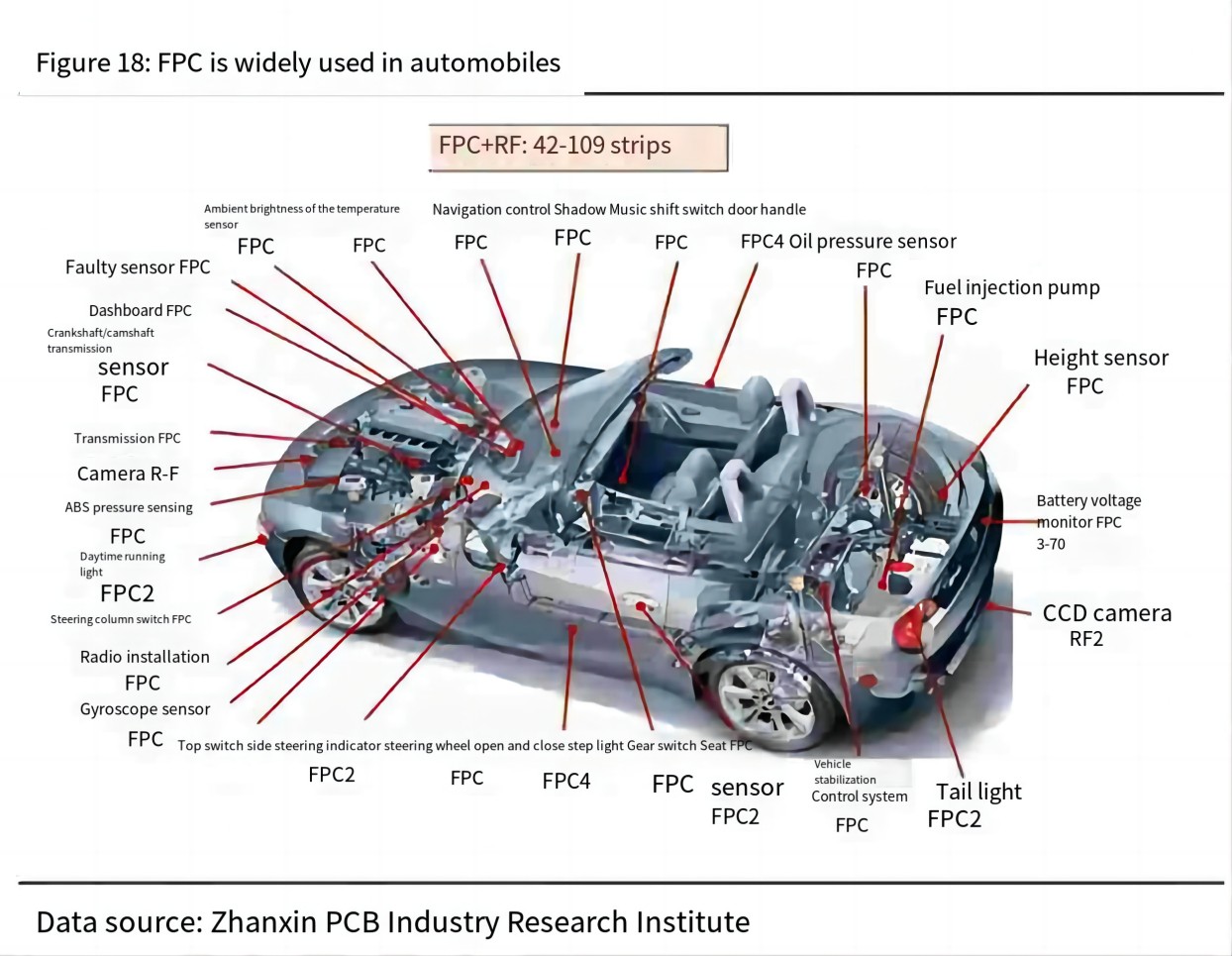
New energy vehicles continue to penetrate, and the industry climate is upward.
In 2021, a total of 1.128 million electric vehicles were sold globally in Q1, still maintaining a high growth trend, with a penetration rate of 5.8%, an increase of 1.8% compared with the 4% penetration rate in 2020, hitting a record high.
Under the background of "carbon neutrality", Tesla and other new forces are performing strongly in the field of new energy vehicles, and traditional car enterprises are accelerating the electrification transformation, new energy vehicles ushered in a period of rapid volume.
According to the "Energy saving and new energy vehicle Technology Roadmap 2.0" led by the China Society of Automotive Engineering, it is expected that by 2035, the sales volume of energy saving vehicles and new energy vehicles will account for 50% each, and the automobile industry will realize the electric transformation.
Under the trend of automobile intellectualization, electrification and network connection, the degree of automobile electronization has deepened, and the consumption of FPC has increased significantly.The three systems of power battery, driving motor and electronic control have become the core functional components of new energy vehicles, and the proportion of automotive electroniccost compared with vehicle value has further increased.
With the commercialization of 5G technology, the Internet of vehicles industry is developing rapidly, the penetration of industrial applications is accelerating, the supporting equipment and industrial chain are gradually improving, and the trend of automobile network connectivity is significant.Intelligent + electrification and network connectivity will drive the degree of automobile electronization to deepen.
According to Zhanxin PCB data, automotive electronics accounted for 29.6% of vehicle cost in 2010, it is expected to reach 34.3% in 2020, and nearly 50% of vehicle cost in 2030.
At present, the automotive electronics for new energy vehicles account for more than 50% of the vehicle cost, and the FPC consumption ratio in the vehicle will also be significantly improved, and it is expected that the FPC consumption of a single vehicle will exceed 100 pieces.

